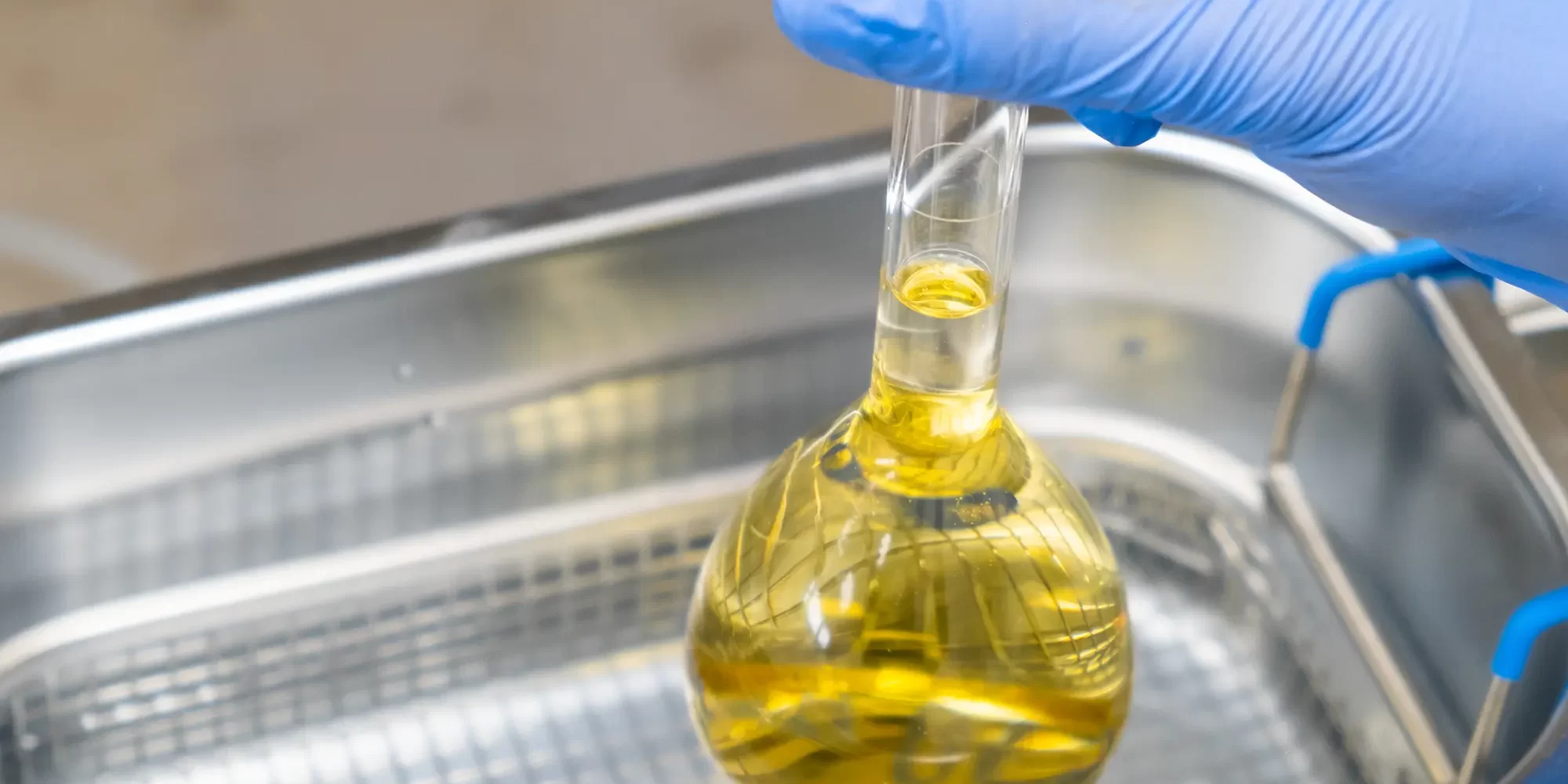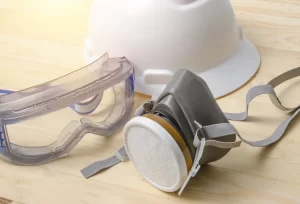Chlorine Dioxide (ClO2) is a highly effective oxidising agent used in various industrial, environmental, and public health applications.
While it is renowned for its powerful disinfecting properties, handling and storing ClO2 safely is crucial to ensure the safety of those using it and to maintain its effectiveness.
This article provides a comprehensive guide on the safe handling and storage practices for Chlorine Dioxide, as recommended by Scotmas.
Understanding Chlorine Dioxide
Chlorine Dioxide is a volatile substance that can be hazardous if not handled correctly. It is typically used in gaseous form or dissolved in water solutions, and it is known for its distinct yellow to reddish-yellow colour. Unlike chlorine, ClO2 remains a true gas when dissolved in solution, which can lead to pressure build-up in enclosed containers.
Safe Handling Practices for Chlorine Dioxide
 Proper Training: Ensure that all personnel involved in handling ClO2 are adequately trained in its properties, risks, and safety procedures. Regular safety drills and updates on handling protocols can enhance safety awareness among staff.
Proper Training: Ensure that all personnel involved in handling ClO2 are adequately trained in its properties, risks, and safety procedures. Regular safety drills and updates on handling protocols can enhance safety awareness among staff.- Use of Personal Protective Equipment (PPE): Always wear appropriate PPE, including gloves, goggles, and face masks designed to protect against chemical exposure. Depending on the concentration and the nature of the work, additional protective clothing may be required to prevent skin exposure.
- Ventilation: Work with ClO2 in well-ventilated areas to avoid the accumulation of gases, which can pose inhalation hazards. Mechanical ventilation may be necessary in enclosed spaces.
- Preventing Chemical Reactions: Chlorine Dioxide should not come into contact with combustible materials, reducing agents, or acids, as it is highly reactive. Ensure that ClO2 storage and usage areas are free from such materials to prevent hazardous reactions.
Storage Guidelines for Chlorine Dioxide
- Appropriate Storage Conditions: Store ClO2 solutions in cool, well-ventilated areas away from direct sunlight and heat sources. ClO2 should be stored in containers made of materials compatible with ClO2, such as certain grades of stainless steel or specific plastics, as it can corrode standard materials.
- Pressure Management: Since ClO2 gas can build up pressure within storage containers, use vented caps or pressure relief devices to prevent container rupture. Regularly check the integrity of containers and venting systems.
- Labelling and Segregation: Clearly label all ClO2 containers with appropriate hazard symbols and handling instructions. Store ClO2 away from areas where incompatible substances are handled or stored.
- Spill Management: Have clear procedures and necessary materials readily available to address any spills or leaks promptly. Personnel should be trained in using spill kits and neutralising agents specific to ClO2.
Ensuring Safety with Chlorine Dioxide
Adhering to these safety guidelines can significantly mitigate the risks associated with handling and storing Chlorine Dioxide. Scotmas is committed to promoting safe practices throughout the use of ClO2, providing training, resources, and support to ensure that all safety measures are comprehensively managed. Contact us for further information on the safe use of Chlorine Dioxide or to request specific training for your team.

 Proper Training: Ensure that all personnel involved in handling ClO2 are adequately trained in its properties, risks, and safety procedures. Regular safety drills and updates on handling protocols can enhance safety awareness among staff.
Proper Training: Ensure that all personnel involved in handling ClO2 are adequately trained in its properties, risks, and safety procedures. Regular safety drills and updates on handling protocols can enhance safety awareness among staff.




